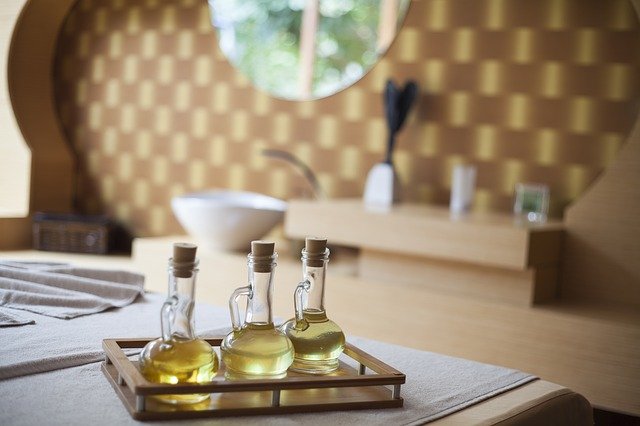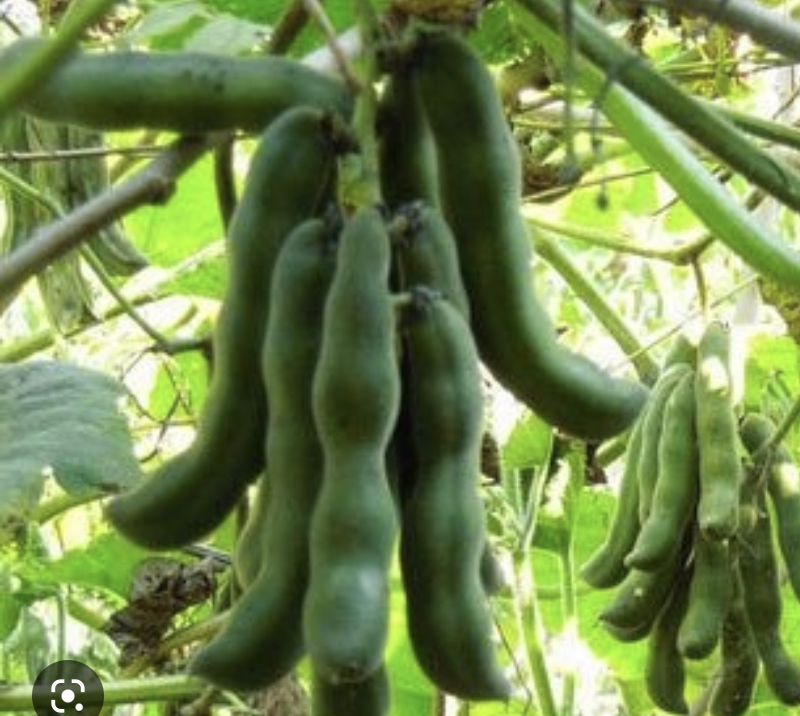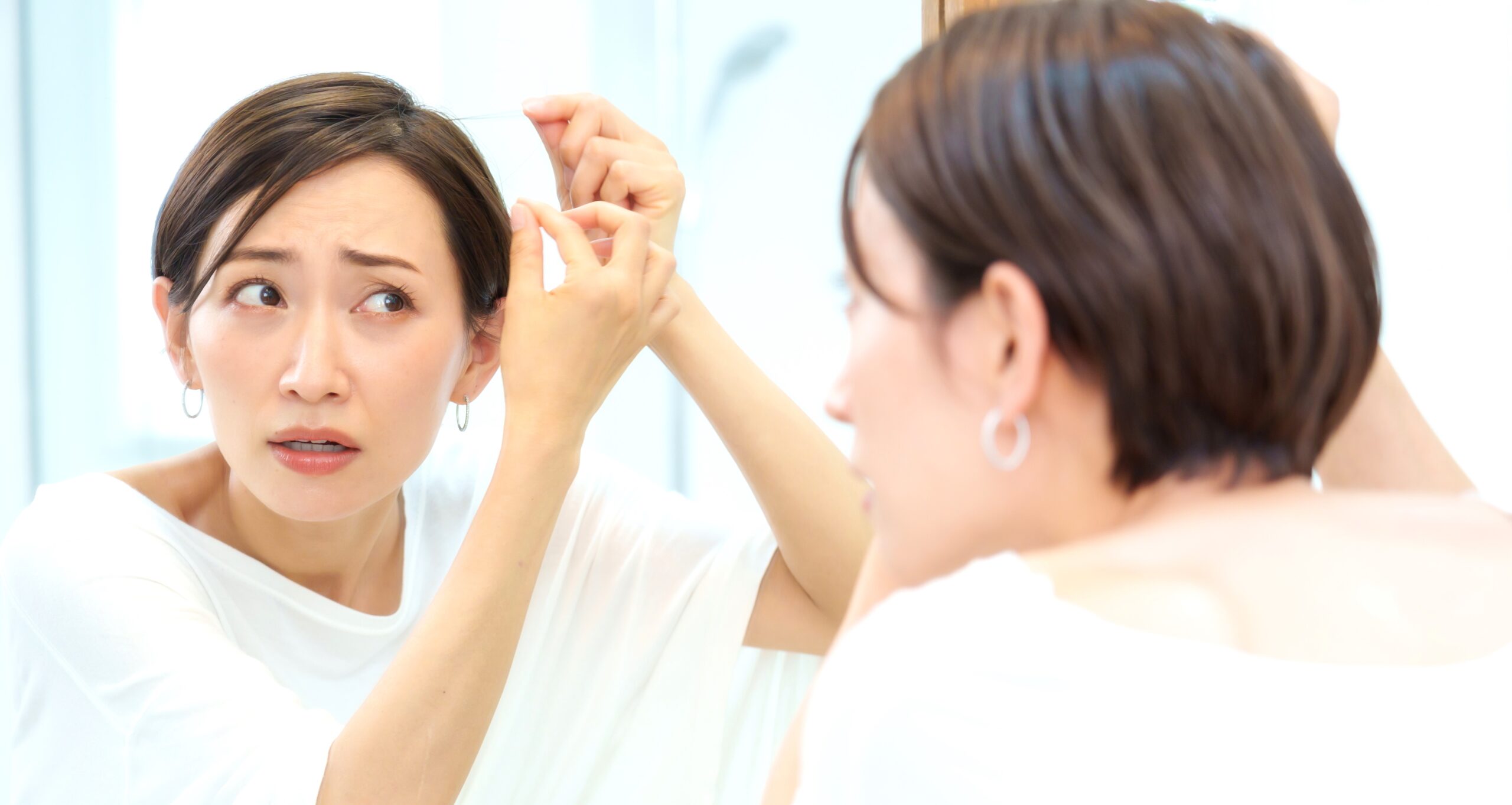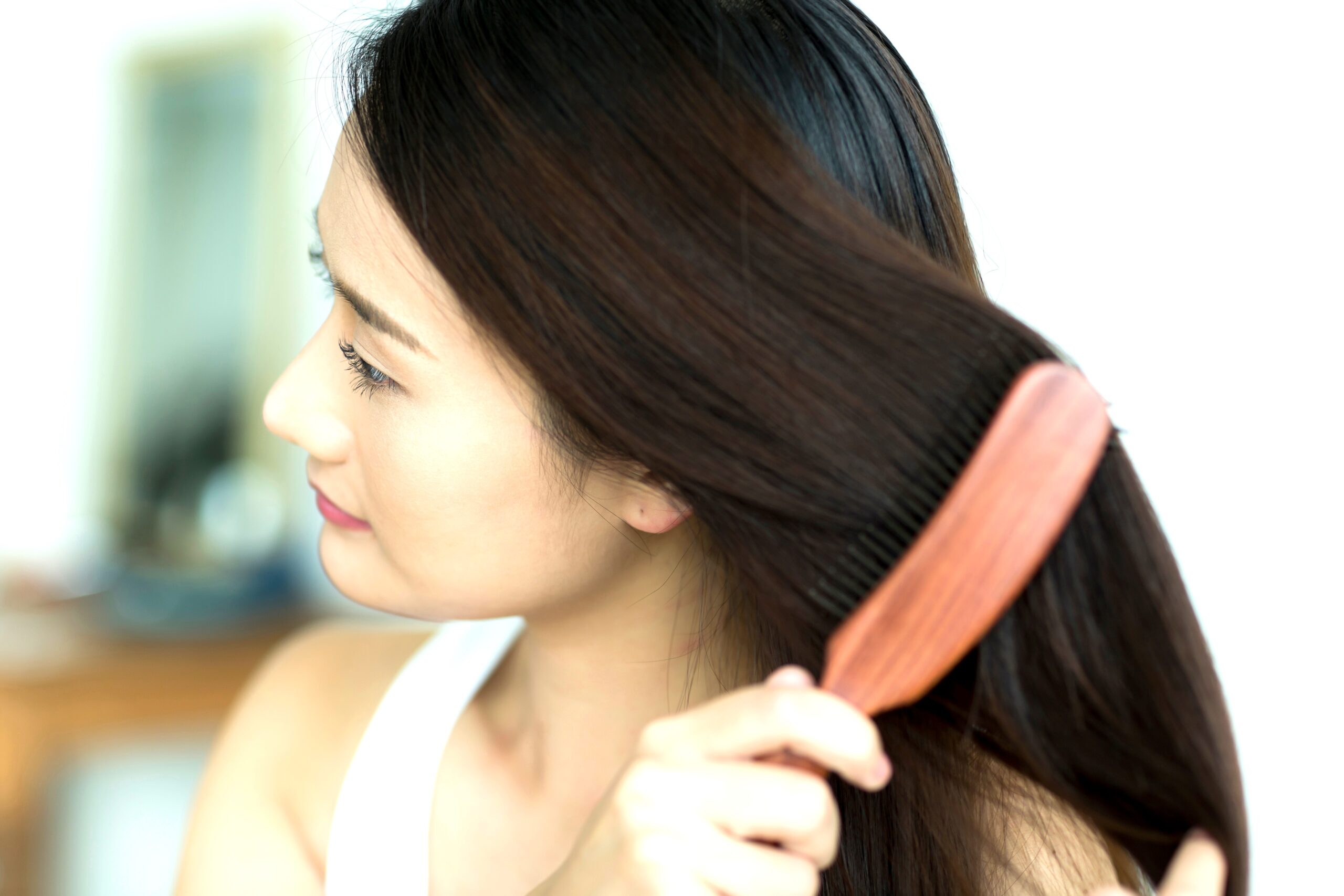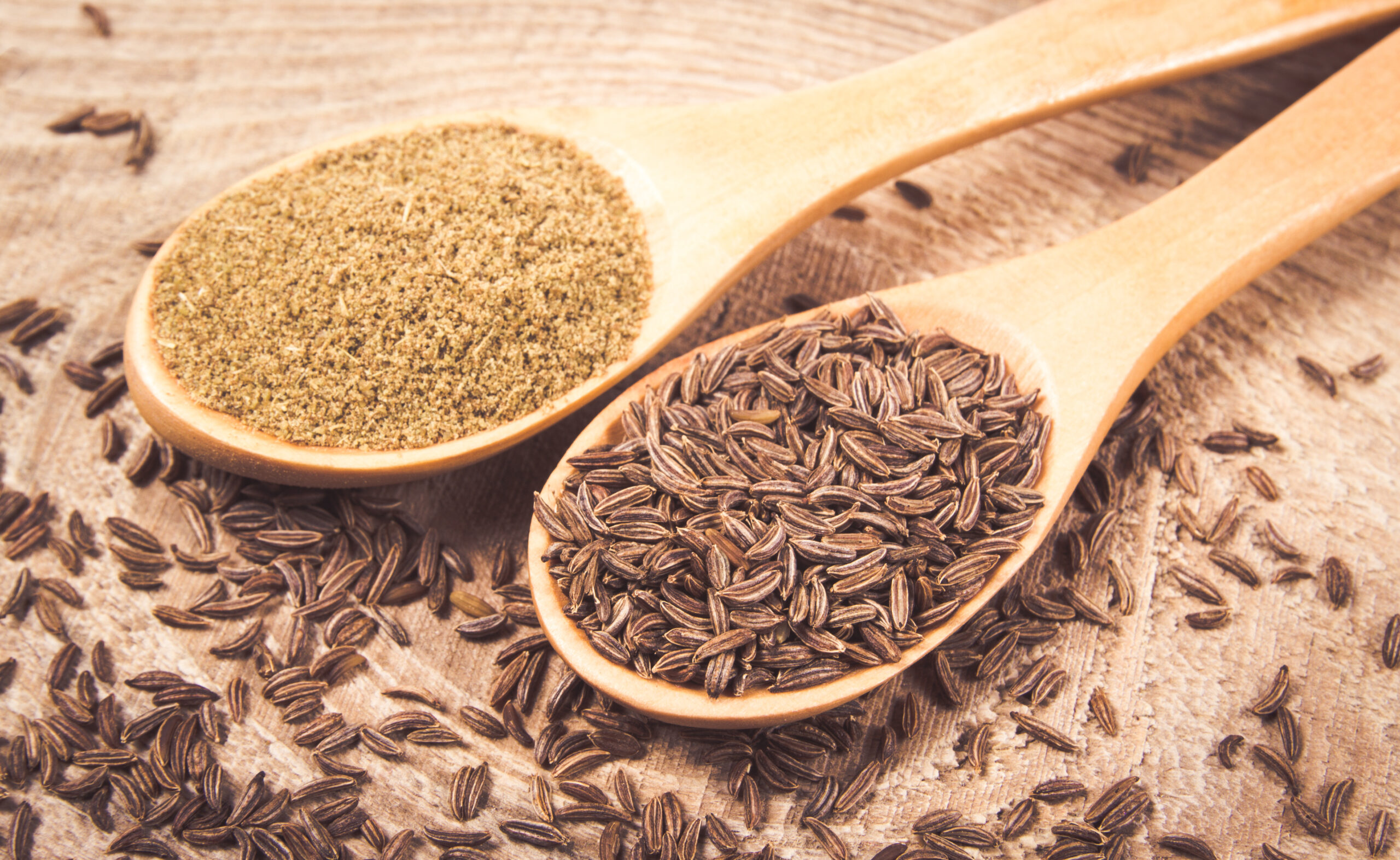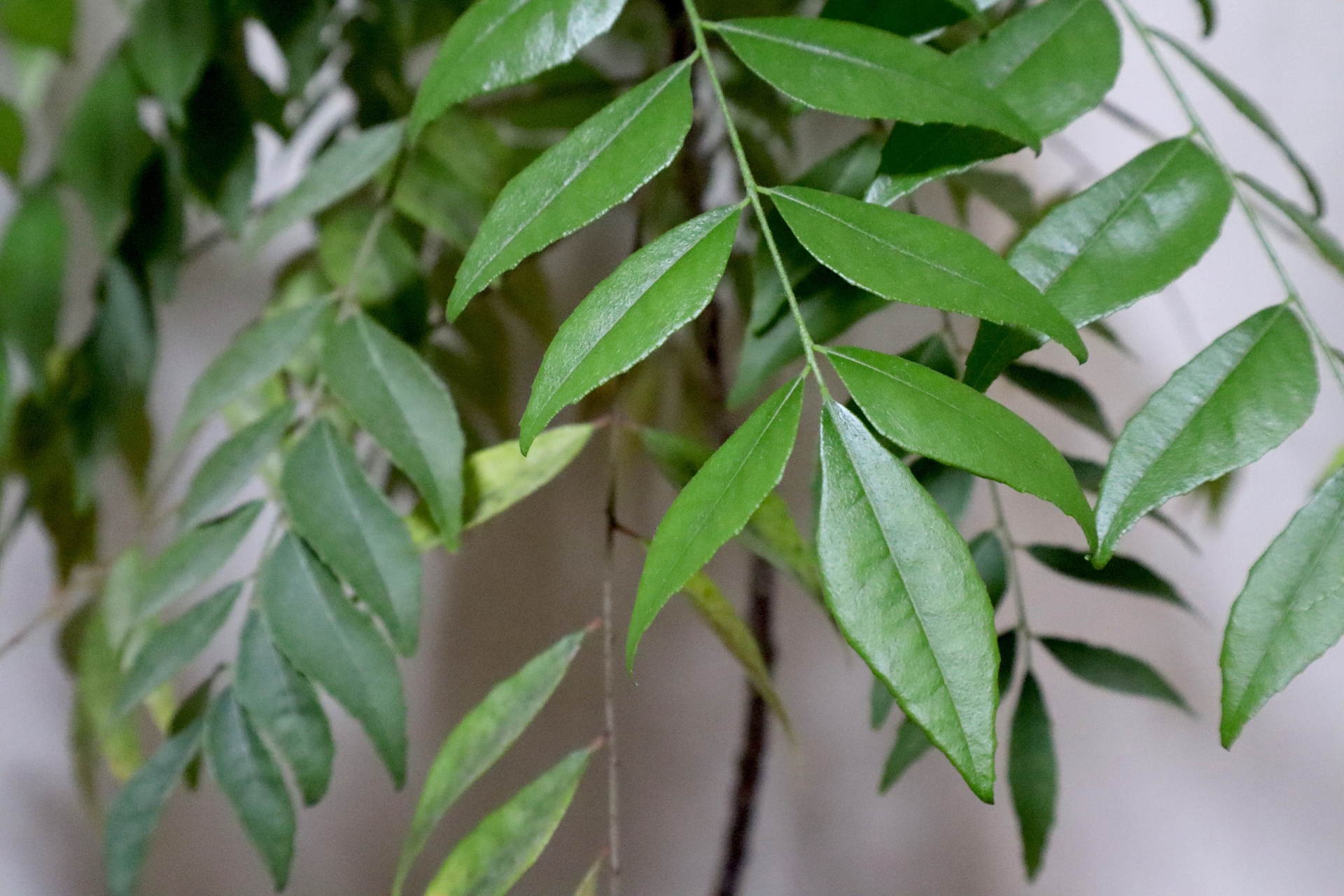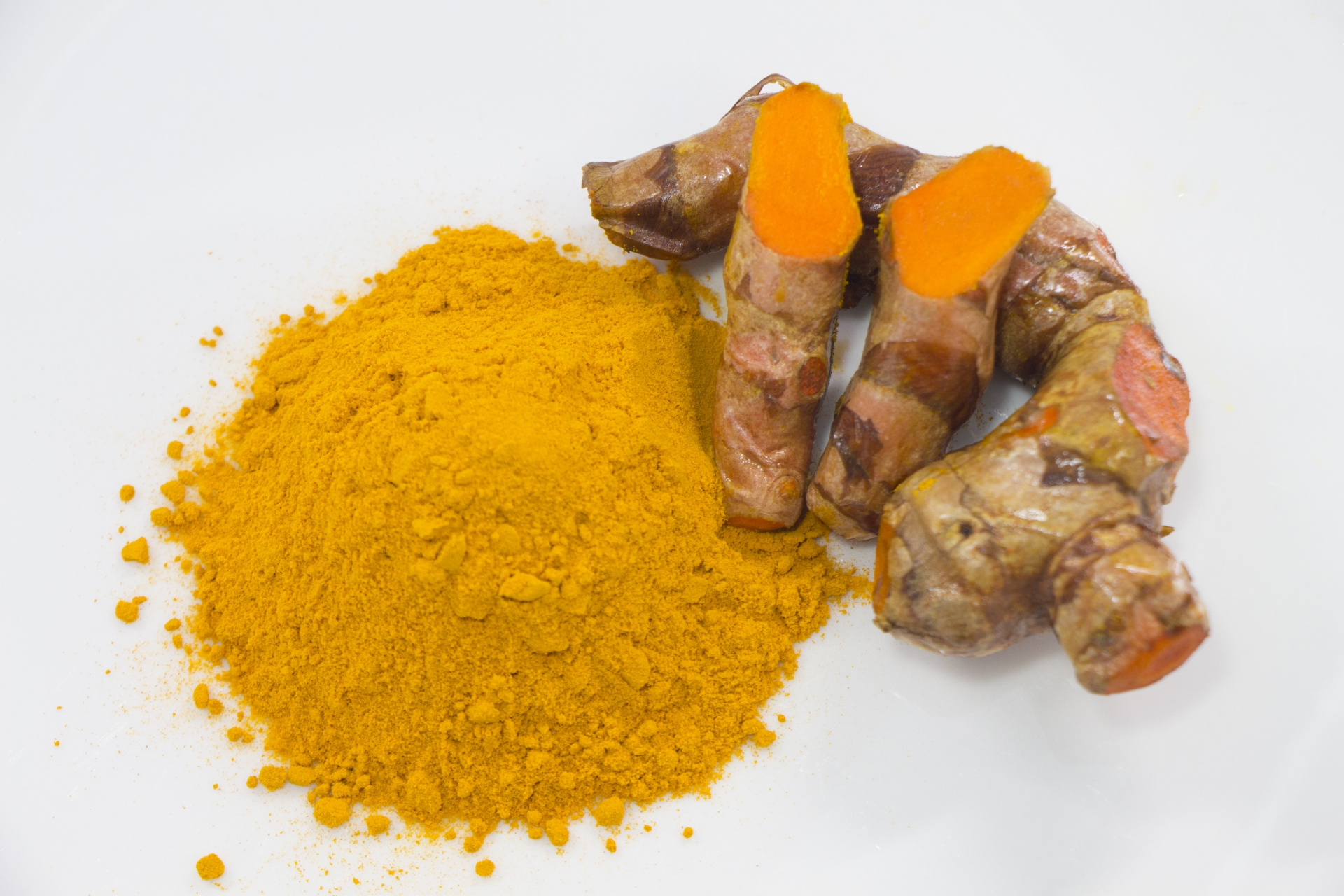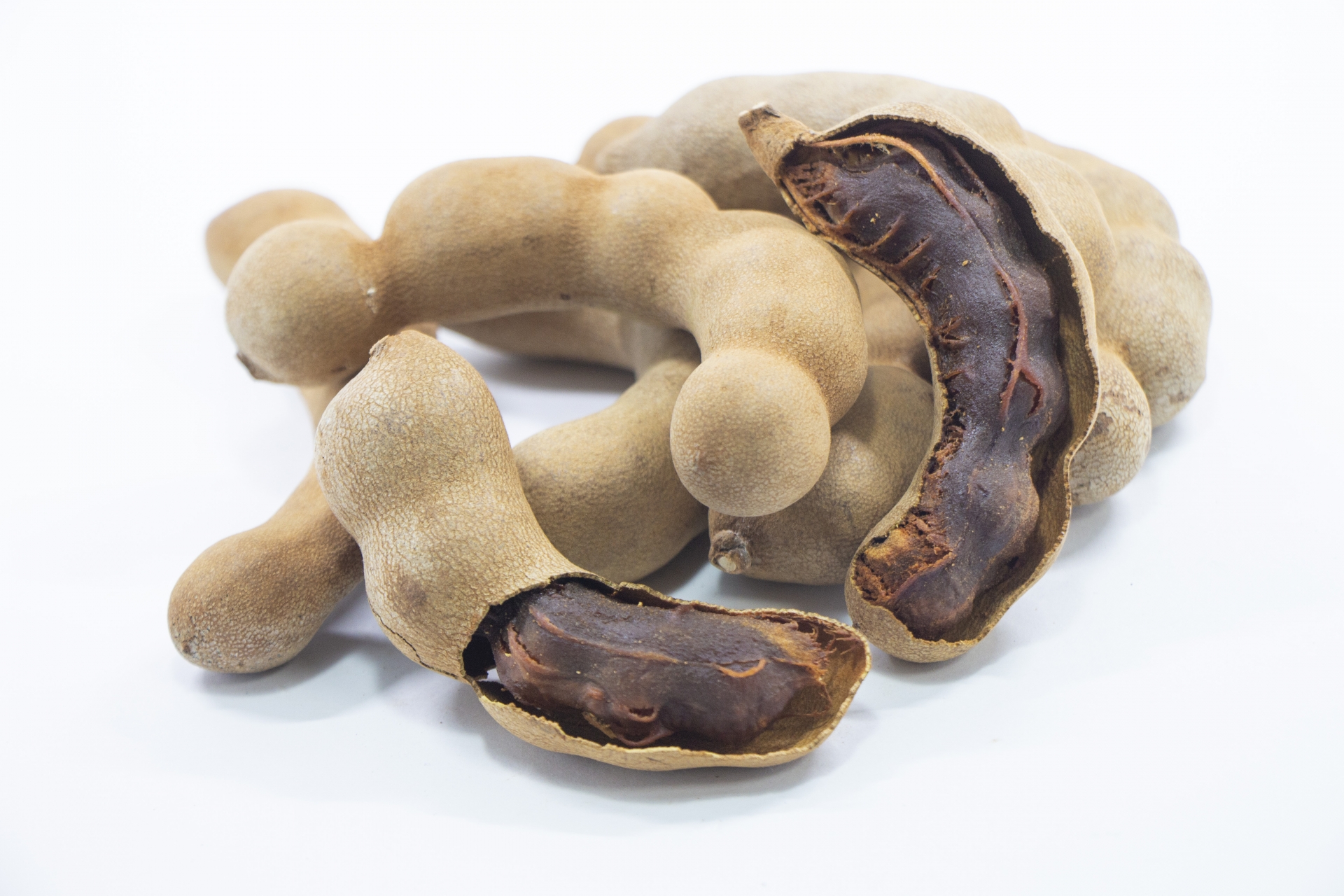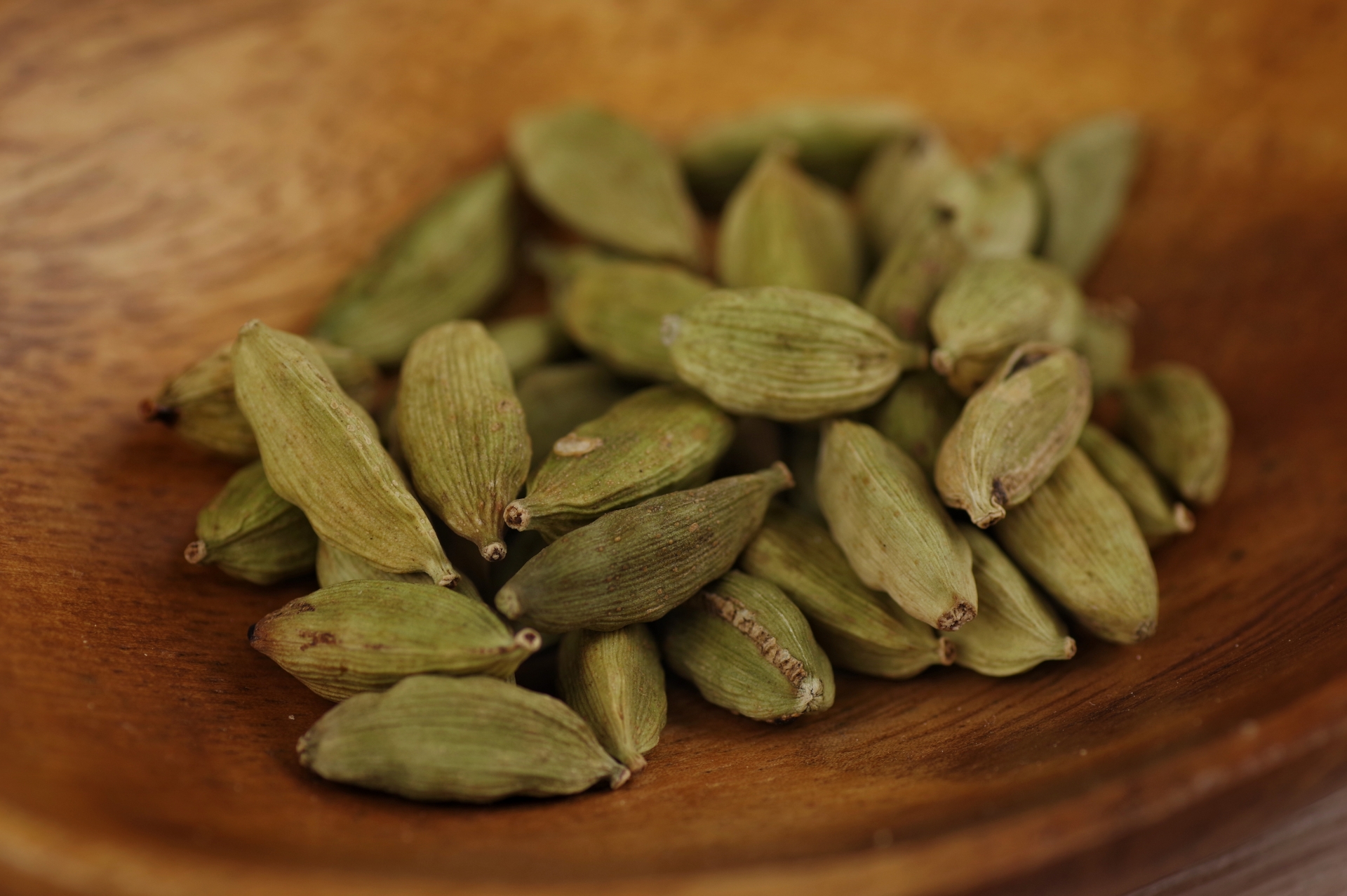~Dr. D&D は、スリランカ人アーユルヴェーダ医師ディネッシュ (Dinesh) 先生とディネッシュカ (Dinushka) 先生による、14年間のウェルネスホスピタリティ業界での幅広い経験を結集したウェルネスブランドです。~
今回はアーユルヴェーダのオイルマッサージ(タイラ・アビヤンガ)についてご紹介します!
目次
オイルマッサージとは?
アーユルヴェーダの教えによると、
定期的にオイルマッサージすることは、
身体を滑らかで健康的な状態に保つと言われています。
サンスクリット語では、
オイルマッサージを「Snehana」、オイルを「Sneha」といい、
「Sneha」は「愛」も意味します。
アーユルヴェーダでは、
オイルで身体を包み込むことと、愛で身体を包み込むことは、
本質的なつながりがあるのです。
ですから、オイルマッサージ体験は、
深い愛情、心地よさ、安定感を与えることができるのです。
オイルマッサージは、ヴァータを鎮めるのにとても有効な方法です。
乾燥を和らげ、不安を軽減し、心をリラックスさせてくれます。
特に、ヴァータ体質の方やヴァータ年齢(60歳~)の方は、
最低でも週に3回は、オイルマッサージすることが大切です。
ちなみに、アーユルヴェーダでは、週に1回のオイルマッサージは、
すべての体質や年齢の方に推奨されています(※注)。
なお、分厚い舌苔がある方、食後1時間以内にある方は、オイルマッサージは避けた方が良いでしょう。
ドーシャごとに適したオイル
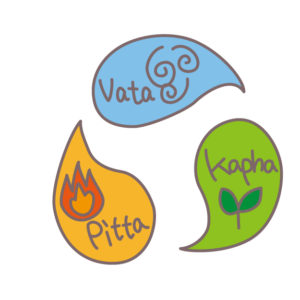
ゴマ油は、温かくて重い性質があるので、
ヴァータを鎮めるオイルとしては最高のものです。
ココナッツオイル、牛のギーやヒマワリ油は、
ピッタを鎮めるオイルとして適しています。
カパは油性で滑らかな性質を持っているため、
アーユルヴェーダの理論では、マスタードオイルはカパを鎮めるオイルとして最適です。
オイルマッサージに適したオイルを選ぶことはとても重要です。
なぜなら、アーユルヴェーダでは、
「同じ性質のものは、同じ性質のものを増やし、反対のものはバランスをとる」
と教えられているからです。
そのため、適切なオイルを選ぶ際には、
体質(Prakrurti)、
ドーシャバランスの状態(Vikrurti)、
環境(季節、天候、時間帯)
などを考慮に入れて選ぶ必要があります。
アーユルヴェーダ体質診断はこちらからどうぞ。
オイルマッサージの方法

1.オイル塗布している部分に意識を向けましょう。
2.オイル塗布している間は、自分自身を大切にし愛情を注ぎましょう。
3.床に大きなタオルを敷いて、リラックスできる暖かい場所に座ります。
4.少量のオイルを準備します。(オイルが皮膚に吸収され足りないと感じる場合は追加します)オイルは室温より1~2度ほど高い温度に温めます。
5.両手を使い、大きく円を描くように長くストロークします。
6.ヴァータ体質の方は、より優しくマッサージを行いましょう。ピッタ体質の方は中程度に、カパ体質の方はより強く素早くマッサージしましょう。
7.アーユルヴェーダでは、少なくとも毎回15~20分程度のセルフマッサージをすることが有益であると教えています。
上記のようにセルフマッサージのテクニックを学ぶことによって、
ご自宅で簡単にオイルマッサージを実践できます。
アーユルヴェーダの古典では、
身体の特定の場所を強調することによって、
全身のオイルマッサージ(タイラ・アビヤンガ)の効果を説明しています。
主に頭皮マッサージ(シロー・アビヤンガ)と
足のマッサージ(パダ・アビヤンガ)が詳しく説明されているのは、
それらの場所は全身を表し、そこをマッサージすることで、
積極的に他の身体の部分やシステムに影響を与えることができるからです。
毎日のオイルマッサージによる10の健康効果
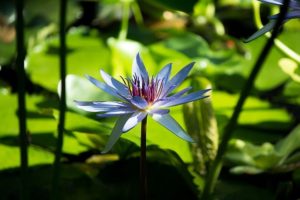
1.血流の循環およびリンパの排泄を高めます。
2.筋骨格系と神経系を強化します。
3.睡眠パターンおよび睡眠の質を改善します。
4.皮膚を柔らかく強くします。
5.目の健康をサポートします。
6.髪の毛に栄養を与え、成長を促します。
7.手足を引き締め強くします。
8.身体の組織を健康な状態にし活力を与えます。
9.ストレスを軽減し、心身のリラクゼーションを促進します。
10.若返りを促進し、寿命を延ばします。
※注:医師の治療を受けている方や妊娠中の方は、医師の同意がない限りオイルマッサージを行わないでください。
ライタープロフィール
 アーユルヴェーダ医師ディネッシュ先生 / Dr. Dinesh Edirisinghe
アーユルヴェーダ医師ディネッシュ先生 / Dr. Dinesh Edirisinghe
スリランカ国立コロンボ大学アーユルヴェーダ・メディスン&サージェリー卒業
脈診と額に手を当てることにより、クライアントの体質はもちろん、現在の病気や体調、過去の病歴までを読み取とることから「ドクターCTスキャン」として有名。特にデンマーク、ドイツ、日本での経験が豊富で、スリランカのジェット・ウィング・グループで、アーユルヴェーダの責任者として活躍し、スリランカの本格的なアーユルヴェーダをスリランカ国外に広めるための新しいコンセプトを構築した。
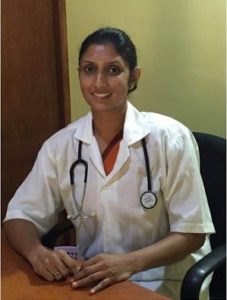 アーユルヴェーダ医師
アーユルヴェーダ医師
ディネッシュカ先生 / Dr. Dinushka Dissanayake
スリランカ国立コロンボ大学アーユルヴェーダ・メディスン&サージェリー卒業
ディネッシュ先生の最愛の奥様であり、婦人科とメンタルヘルスの専門家。
※「ドクターCTスキャン」の異名をもつ有名なディネッシュ先生と奥様のディネッシュカ先生についてさらに詳しいプロフィールはこちら。
ENGLISH
Oiling (Thaila Abhyanga)
According to the Ayurvedic teaching, oiling the body regularly keeps body smooth and healthy. In Sanskrit the word oiling is known as “Snehana” and oil is known as “Sneha”. And the word “Sneha”is meaning to the word “Love” as well. In-order to that in ayurveda, there is an intrinsic connection between encompassing the body in oil and encompassing it in love. So oiling experiences can give a deep feeling of warmth, comfort and steadiness.
Oiling is a very useful way to pacify Vata. It counteracts dryness and relax your mind by reducing anxiety. Specially for Vata body types or Vata ages its essential to oil yourself at least three times a week. By the way weekly oiling for the whole body is recommended for every body types and ages in Ayurveda unless you are not advised by a physician not to oiling. If you have a thick coat on your tongue and within an hour of eating its better to avoid oiling.
There are specific oil types for each Dosha. Sesame oil is the best Vata pacifying oil because of its warming and heavy qualities. Coconut oil,cow ghee or sunflower oil are more suitable as Pitta pacifying oil. Kapha is naturally oily and smooth. In order to Ayurvedic theory mustard oil is the best Kapha pacifying oil.
There fore choosing the right oil for oiling your body is very important. Because Ayurveda teaches us that like increases like and that opposites balance. So when we choose the right oil there are certain things that we should take in to our consideration such as body constitution (Prakrurti), Current state of doshic balance (Vikrurti) and the environment – season,weather,time of the day.
Instructions for oiling
1.Keep your attantion on the part of your body where you are oiling.
2.Have an attitude of cherishing and love toward yourself while oiling.
3.Sit on a relax and warm place. (Large towel spread on the floor)
4.Use small amount of oil (adding more as it is absorbed) and heat up to 1 -2 digrees from the room temperature.
5.Using both hands and work in generous circular movements and long strokes from the extremities towards the body.
6.Vata charactors should be more gentle with massage. Kaphas can be more vigorous while Pittas moderate.
7.Ayurveda recommends spending a minimum of fifteen to twenty minutes on self massage each time you practice is more beneficial.
There are fantastic benefits readily available in your own home by learning self massage techniques as discribed above
Ayurveda ancient books describe the benefits of oil massage (thaila abyanga) for the whole body with highlighting specific areas. Mainly scalp massage (shiro abyanga) and feet massage (Pada abyanga) are discribed deeply because those areas representing the whole body and massaging those areas can positively impact other body parts and the systems.
Health benefits from daily oiling
1.Enhance the proper blood circulation and lymph drainage.
2.Strengthen the musculoskeletal system and the nervous system.
3.Improve the sleeping pattern and the quality of the sleep
4.Make softer and stronger the skin
5.Support for healthy vision
6.Nourishing the hair and encourage the growth
7.Gives firm and strong limbs
8.Gives a better tone and vigor for the tissues of the body
9.Reduce stress and promote body and mind relaxation.
10.Encourage the rejuvenation and increase longevity
(Note: Do not use oil if you have a medical condition, or are pregnant unless with the consent of your physician)
Author: Dr.D&D (Dr. Dinesh Edirisinghe & Dr. Dinushka Dissanayake) ...see more



